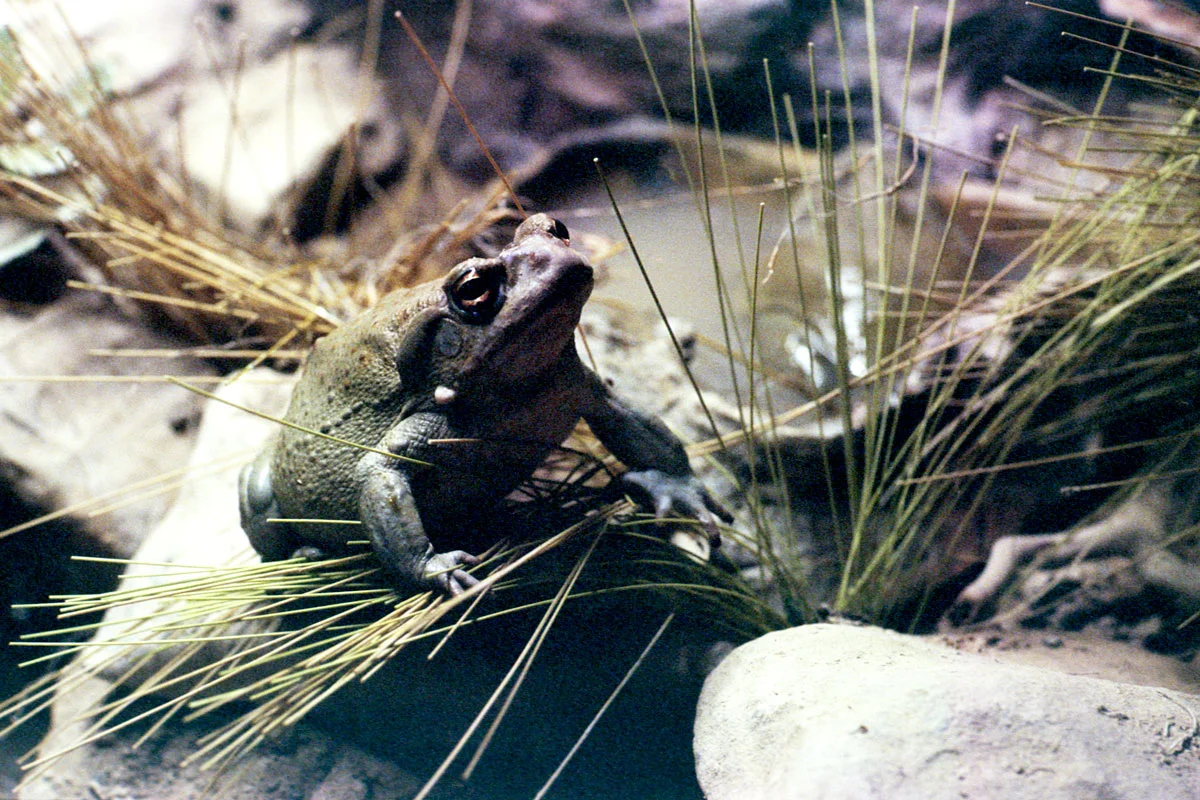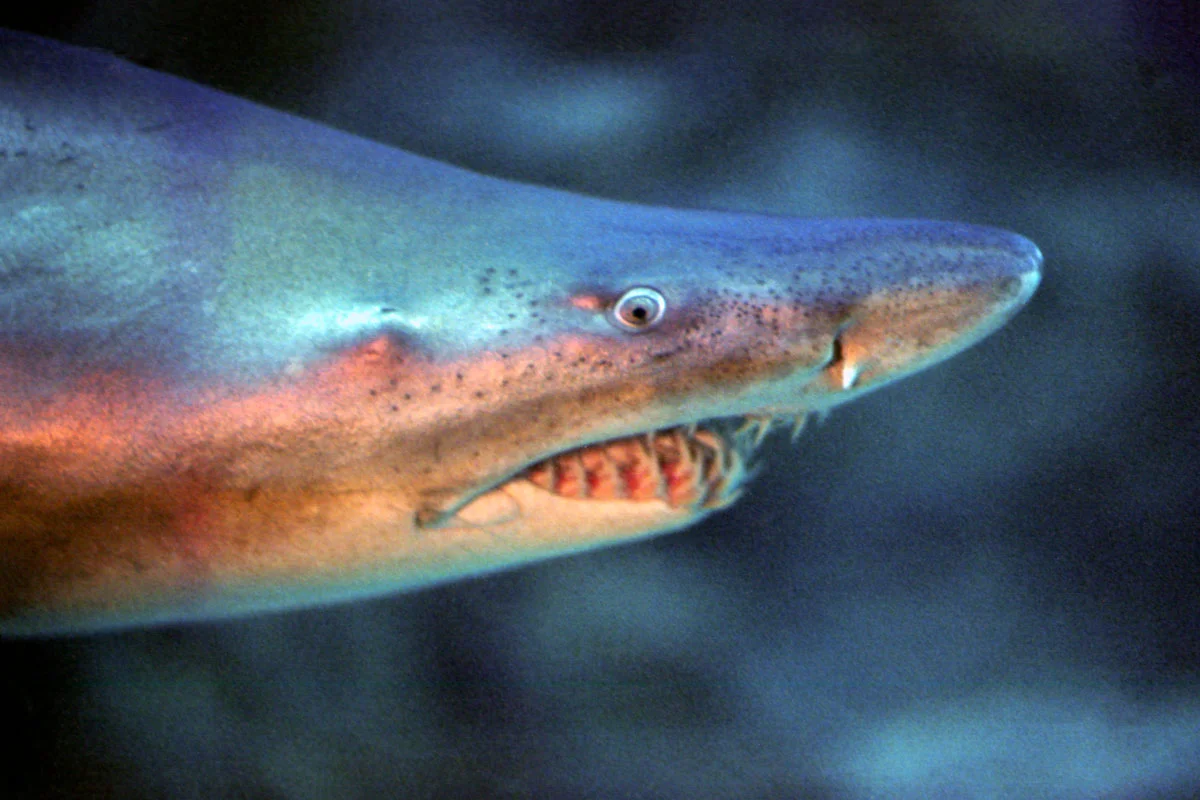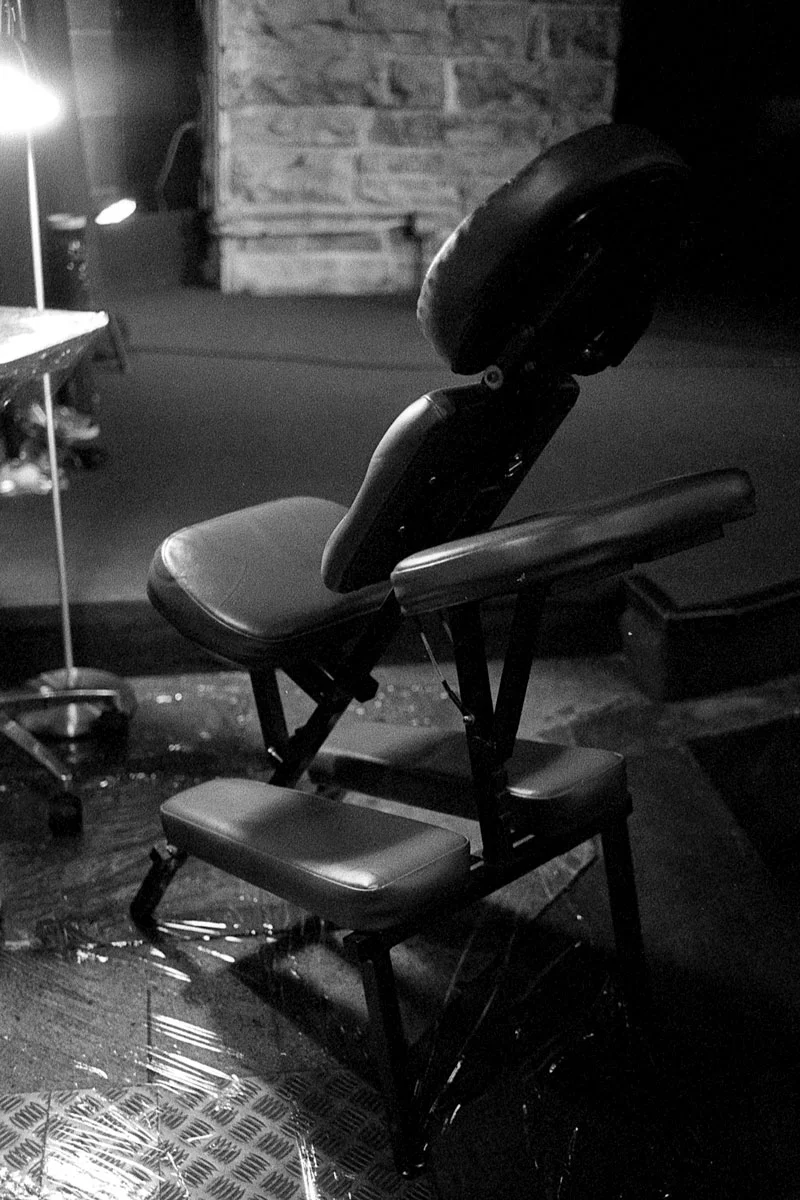So, my girlfriend, Brandy Bryant, was invited to tattoo guests live on-stage at the downtown Comedy Works in Denver, CO for the one-year anniversary of Thick Skin, hosted by Mike Stanley, on January 23, 2019.
I try my best to support Brandy, and I usually accompany her to many of her shows and open-mics with one of my many cameras. I wanted to photograph the show on 35mm film, and was given the go-ahead. Being a last-minute sort of thing, I grabbed what film that I could. And I wanted to experiment with a few oddball choices, and so I did just that.
In my arsenal was an all-mechanical Canon F-1n with an FD 35mm ƒ/2 S.S.C. concave lens for my black and white rolls, as well as the Canon New F-1 with an nFD 50mm ƒ/1.4 lens attached for my color rolls. In my bag, I came prepared with a hand-held light meter that I didn’t use much this time, as well as an FD 85mm ƒ/1.2 L lens that I also didn’t use this time, sadly.
The film that I used included Kodak Portra 400, Kodak Portra 800, Ilford HP5 Plus 400, and Ilford Delta 400. I shot them all at ISO 1600, and pushed them during at-home development. Yes, you heard that correctly. The results certainly surprised me. Some were better than others, though next time I may just bring some TMax P3200, or whatnot. As a word of advice… if you’re doing this sort of project, I wouldn’t recommend shooting this many film types; it took a really long time to develop them, as they all required different recipes, and scanning is always a nuisance, of course. I’d recommend sticking to just a couple of film types for any event. ;)
Thick Skin - One-Year Anniversary
Shooting film in either low-light or just plain tricky lighting situations certainly isn’t easy. Not to mention, I’m manually-focusing everything (I’m not a fan of autofocus, personally). There are a few tips that I could give anyone interested. For starters, my cameras of choice have the ability to swap out focusing screens. I have gone out of my way to find the brightest screens possible, and I use focusing aids that help in low light. On my Canon New F-1, I also have the ability to change the metering pattern, and I’d recommend either partial or spot metering for situations where the subject is lit with a dark background. Remember, when shooting film, you either get a properly-exposed image or you don’t; there is no LCD screen on the back to do test photos.
In a perfect world, I’d like to keep the shutter speed at 1/125 sec or faster to prevent motion blur, but in low-light situations, I sometimes have to shoot at 1/60 sec, or gulp, even 1/30 sec. Sacrifices are sometimes made for a better exposure. Just keep in mind, unlike digital, once you start shooting at a particular ISO, you’re locked into that setting for the duration of the roll (36 exposures).










































































